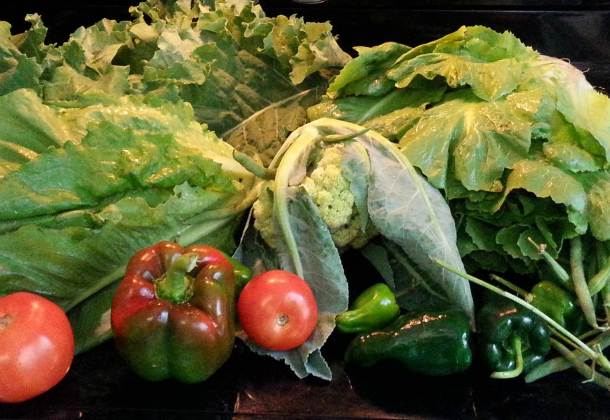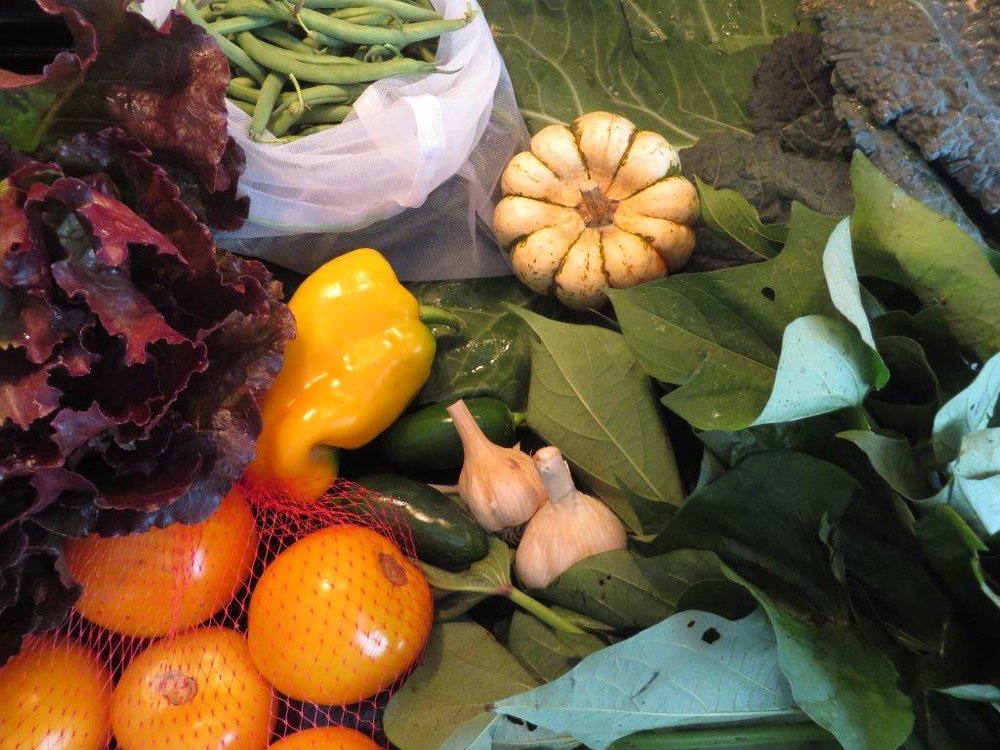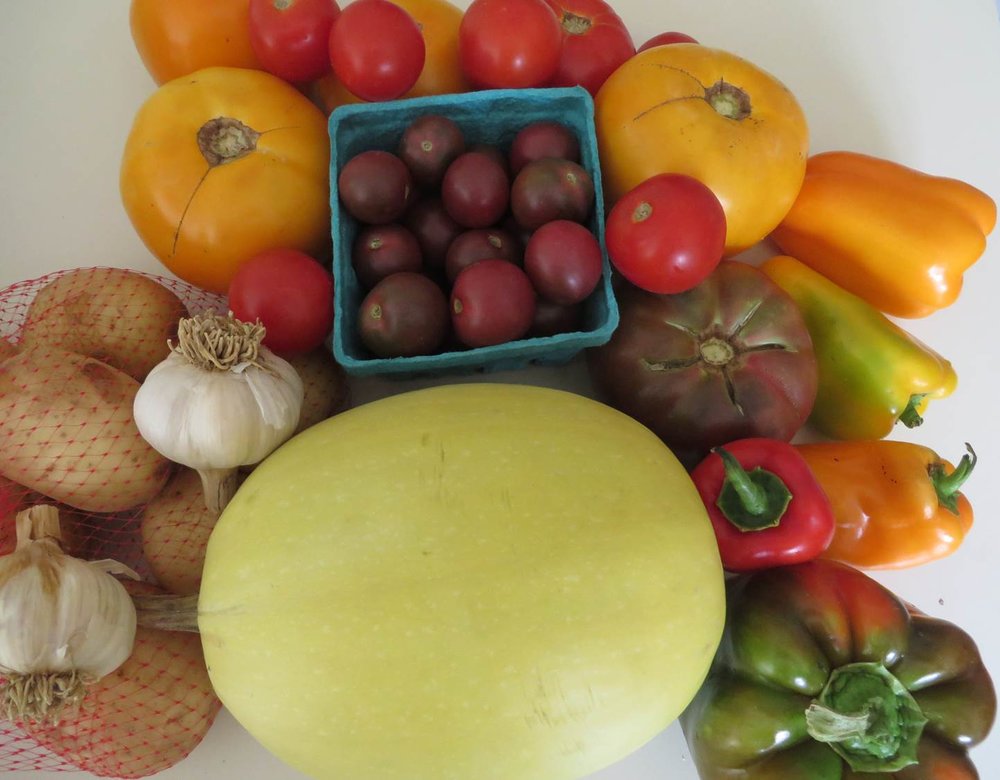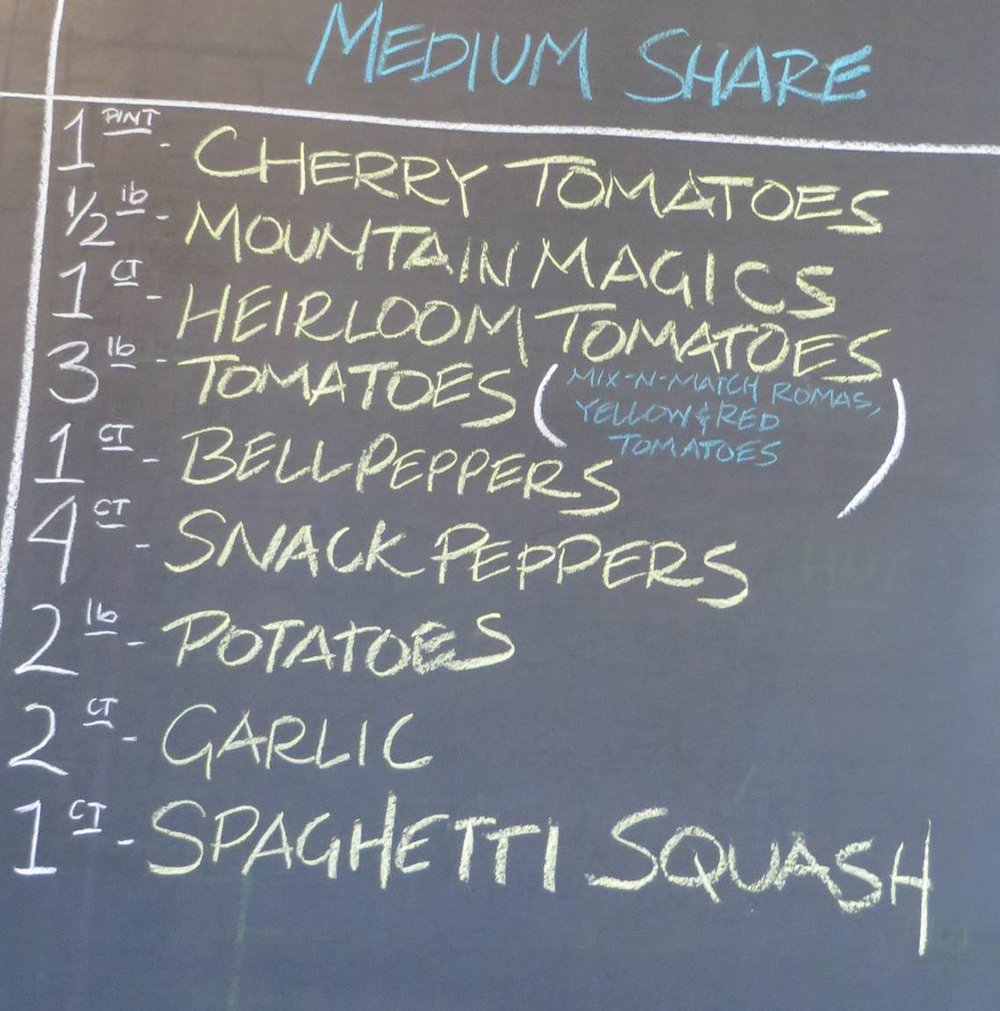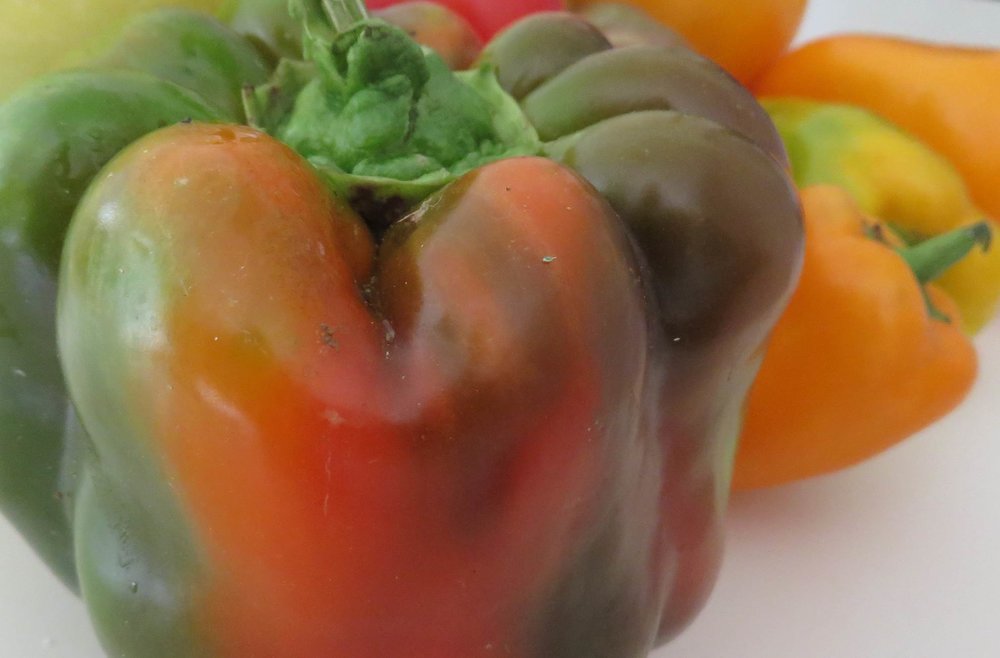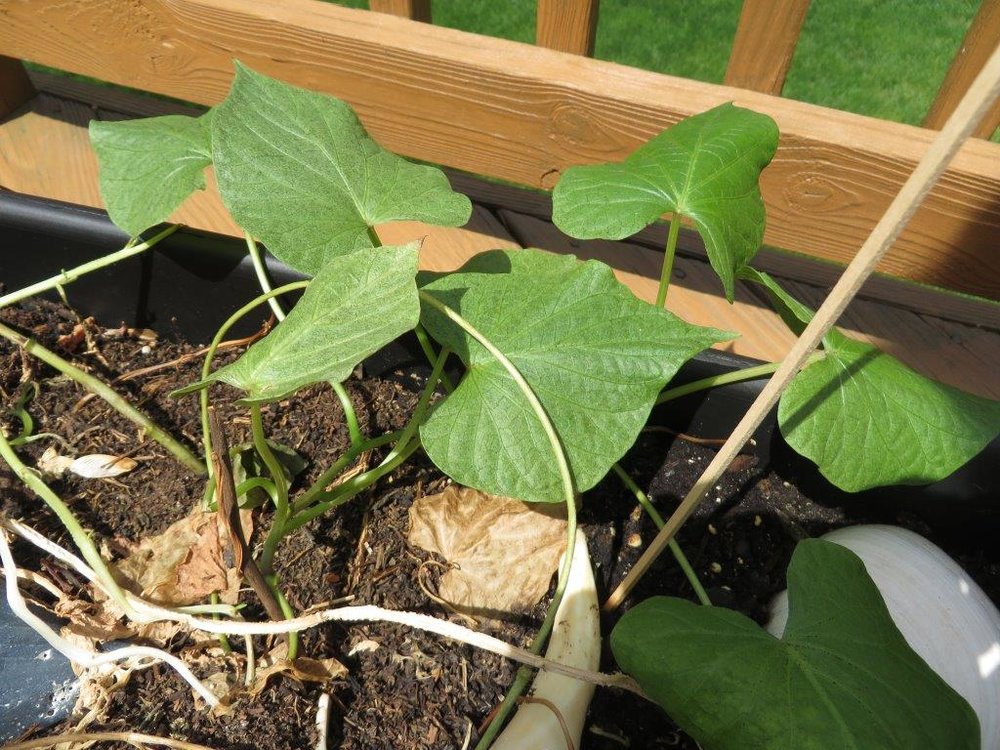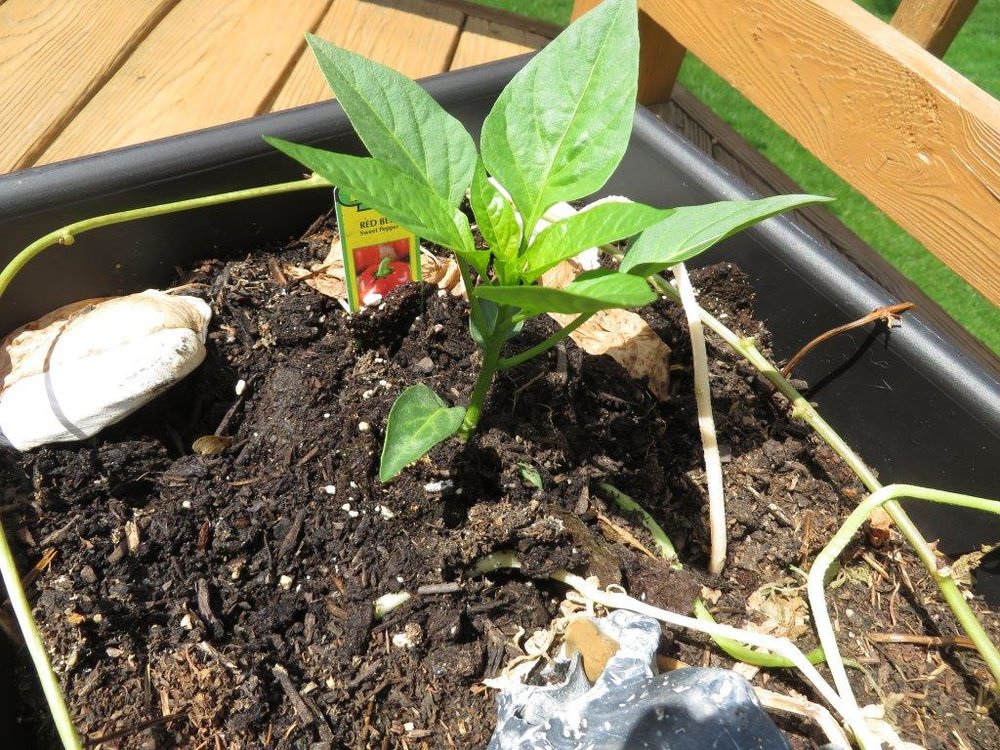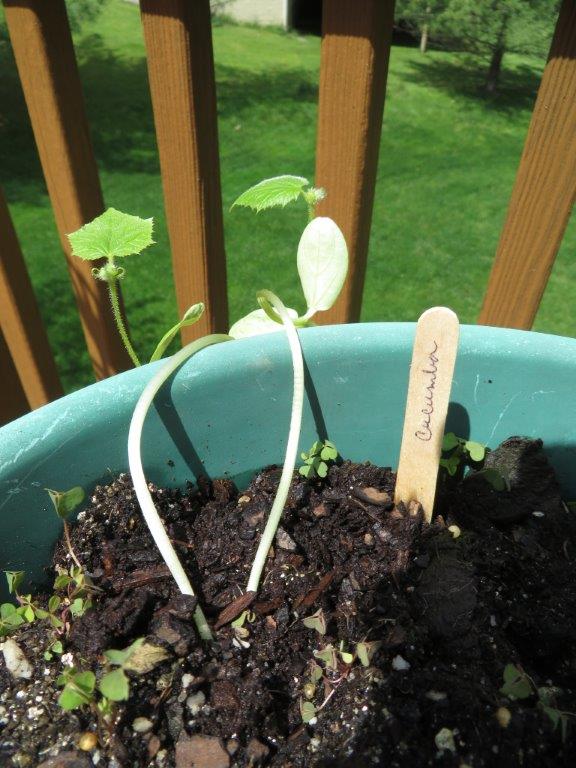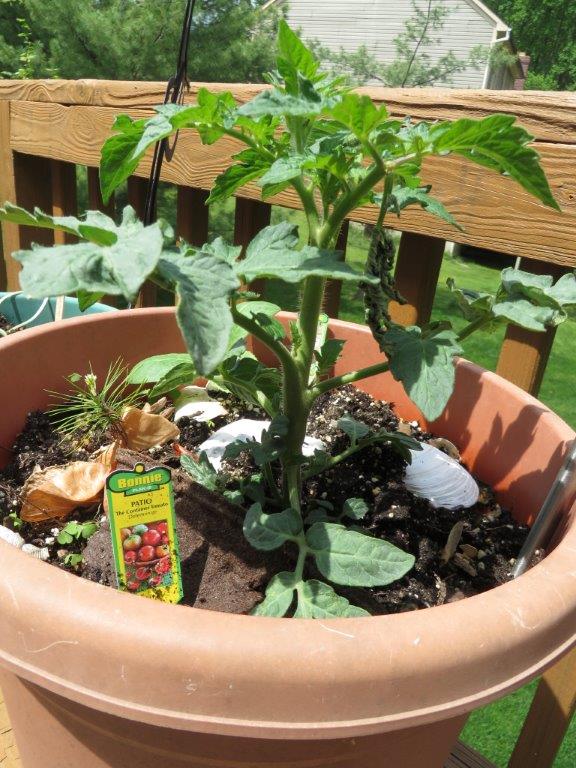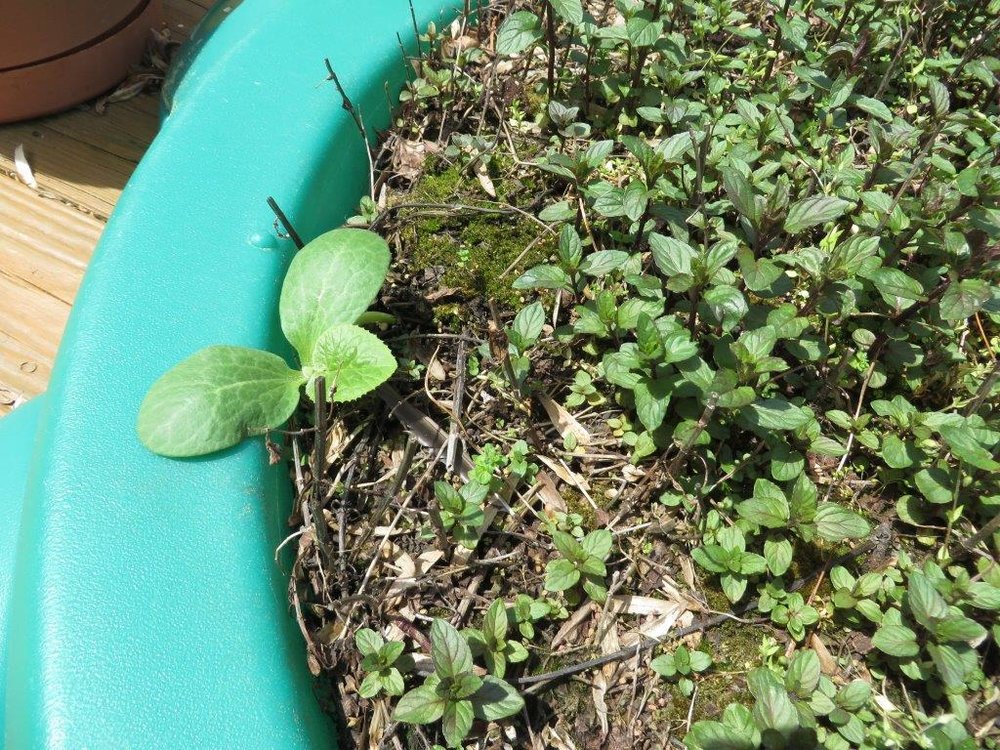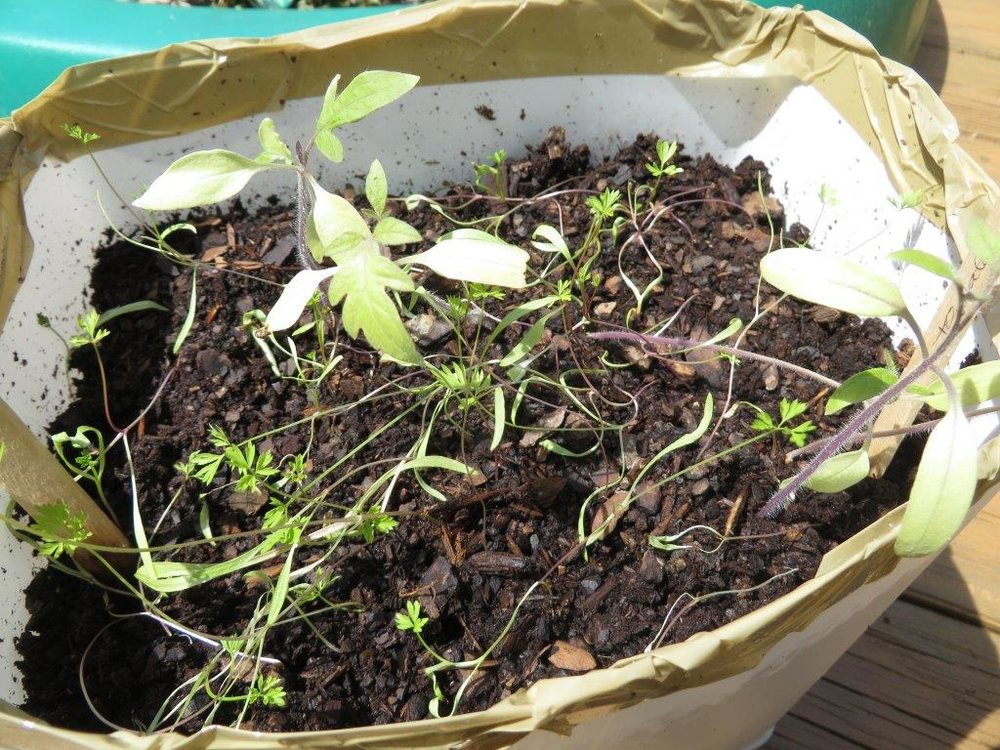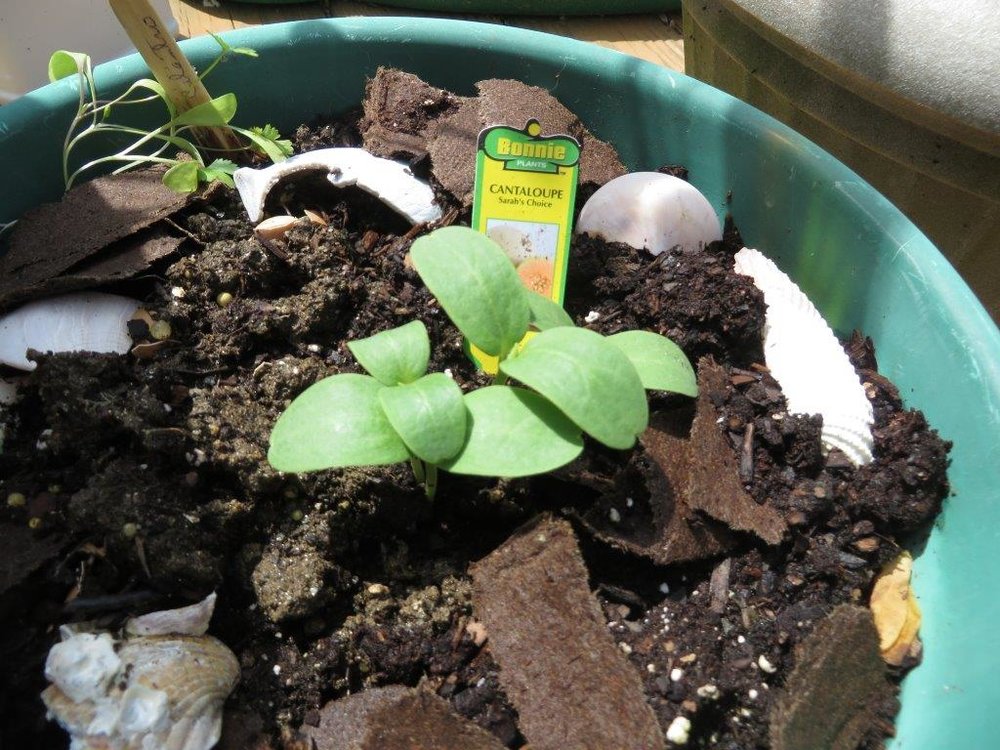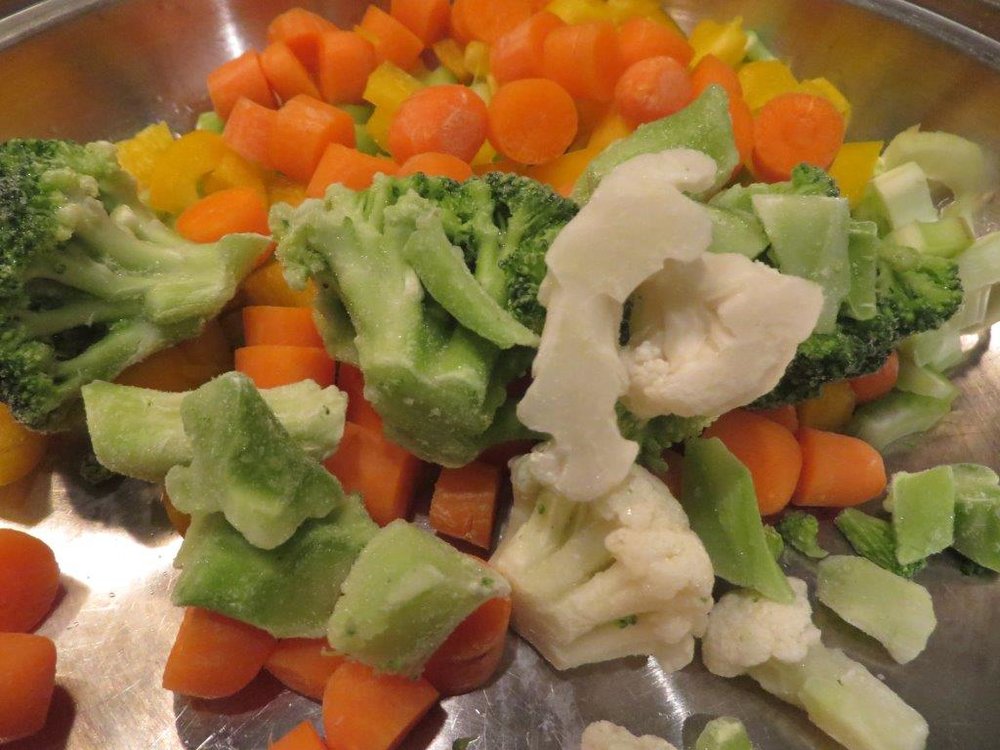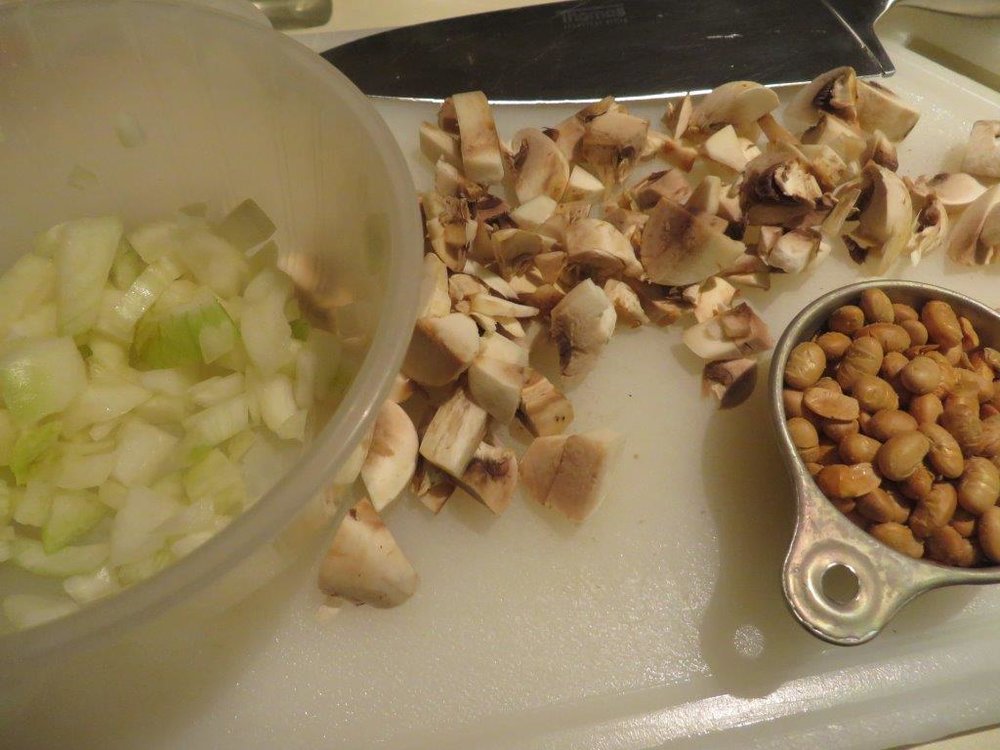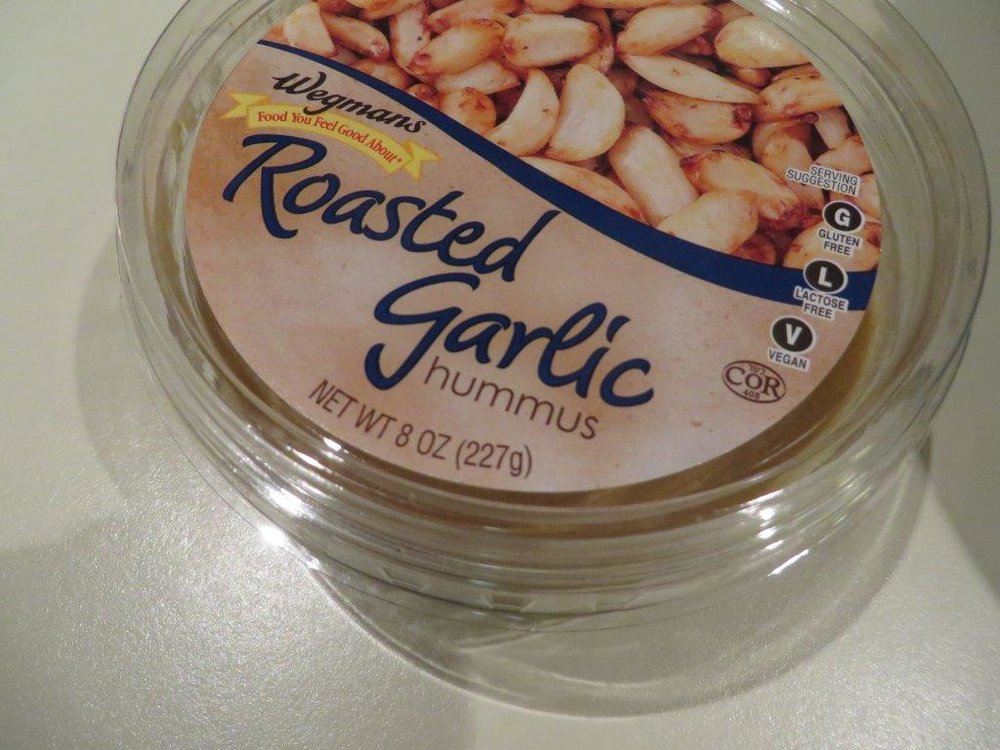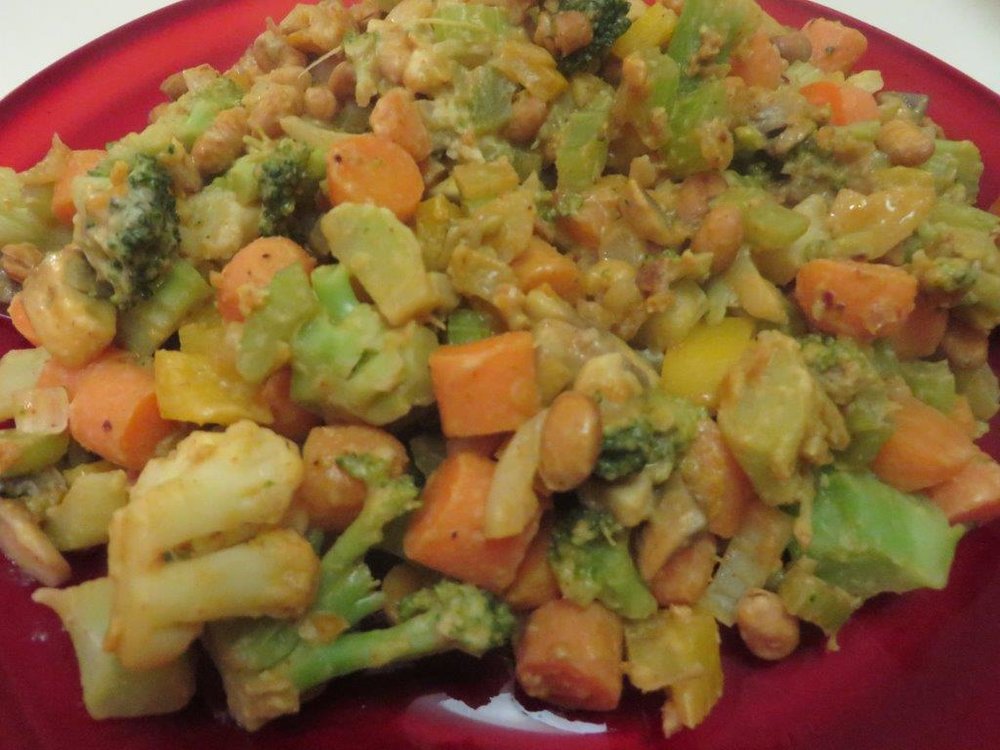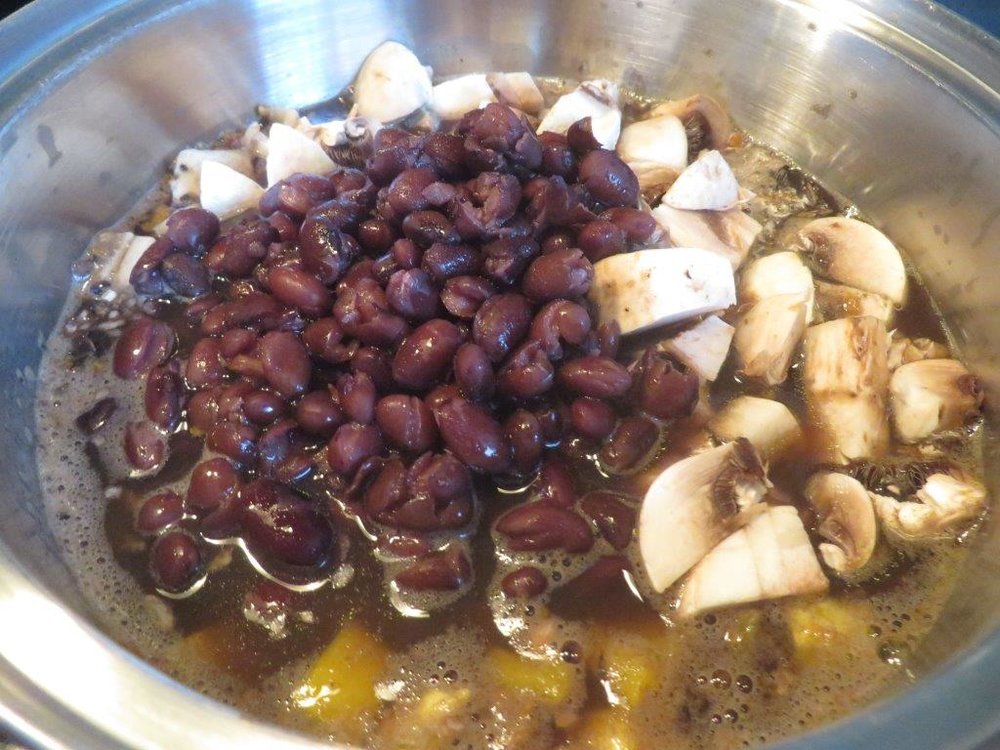 Today I am thinking about foods that I am eating more frequently now that I was 5 years ago. Some are foods that are new to me within this time period. Some of the foods are ones that I’ve always eaten but I just each more of them now….or I buy different forms. My success in getting down to the ‘normal’ weight range for my height has a lot to do with the transformations I made in my diet. So - here is my list of the food I’m eating more this winter:
Today I am thinking about foods that I am eating more frequently now that I was 5 years ago. Some are foods that are new to me within this time period. Some of the foods are ones that I’ve always eaten but I just each more of them now….or I buy different forms. My success in getting down to the ‘normal’ weight range for my height has a lot to do with the transformations I made in my diet. So - here is my list of the food I’m eating more this winter:
Pomegranates. The pomegranate season is something I look forward to. I eat 1/4 at a time….and managed to eat one a week for almost the entire season. But they’ve only been available from regular grocery stores in recent years. The first one I ate was on a visit to my mother; it is an easy fruit to like immediately.
 Kale. Did you know that 1/4 cup of kale provides 131% of the Vitamin K daily requirement, 27% of Vitamin C, 28% of Copper and 12% of Vitamin A? It is a powerhouse leafy green. I use it in the winter time in soups and stir fries. I’d seen it in winter gardens long before I found it in the grocery and decided to try it in food. I prefer it cooked so I eat it more frequently in winter.
Kale. Did you know that 1/4 cup of kale provides 131% of the Vitamin K daily requirement, 27% of Vitamin C, 28% of Copper and 12% of Vitamin A? It is a powerhouse leafy green. I use it in the winter time in soups and stir fries. I’d seen it in winter gardens long before I found it in the grocery and decided to try it in food. I prefer it cooked so I eat it more frequently in winter.
Mushrooms. I’ve purchased and eaten mushroom for a long time but have only recently started eating them more often. They are rich sources of Riboflavin, Niacin, and Pantothenic Acid as well as minerals like Copper and Selenium….and they contain protein too. I like them better in stir fries than I do raw….and I buy another package virtually every time I go to the grocery store.
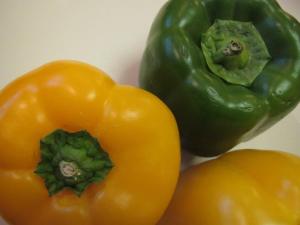 Bell peppers. Until recently, I’ve generally eaten the green bell peppers but the packages of yellow, orange, red, and green peppers are what I have been buying recently. They all add color to stir fries - and the strips can be used to dip hummus during the summer.
Bell peppers. Until recently, I’ve generally eaten the green bell peppers but the packages of yellow, orange, red, and green peppers are what I have been buying recently. They all add color to stir fries - and the strips can be used to dip hummus during the summer.
Almond milk. I switched from cow’s milk to fortified almond milk a few years ago…and like it well enough to no longer need to take a calcium supplement!
Soy nuts. I like dry roast soy nuts. They are high in protein as well as good quality fats. They've replaced dry roasted peanuts almost entirely in my diet over the past year.
 Quinoa. A grain that is a complete protein (i.e. includes all the essential amino acids)! And it cooks quickly too. I use it instead of rice under stir fry, in salads instead of pasta, and for breakfast instead of oatmeal or packaged cereals. It is my favorite grain. Quinoa has only recently become available in the grocery store.
Quinoa. A grain that is a complete protein (i.e. includes all the essential amino acids)! And it cooks quickly too. I use it instead of rice under stir fry, in salads instead of pasta, and for breakfast instead of oatmeal or packaged cereals. It is my favorite grain. Quinoa has only recently become available in the grocery store.
Chia seeds. I tend to have a tablespoon of chia seeds with my almond milk almost every morning. It is quite a nutritional boost: Omega 3 fats, protein, and minerals like calcium, copper, iron, magnesium, manganese, phosphorous, selenium, and zinc. When I first tried chia seeds back in early 2012, I had to order them. Now they are available in my grocery store.
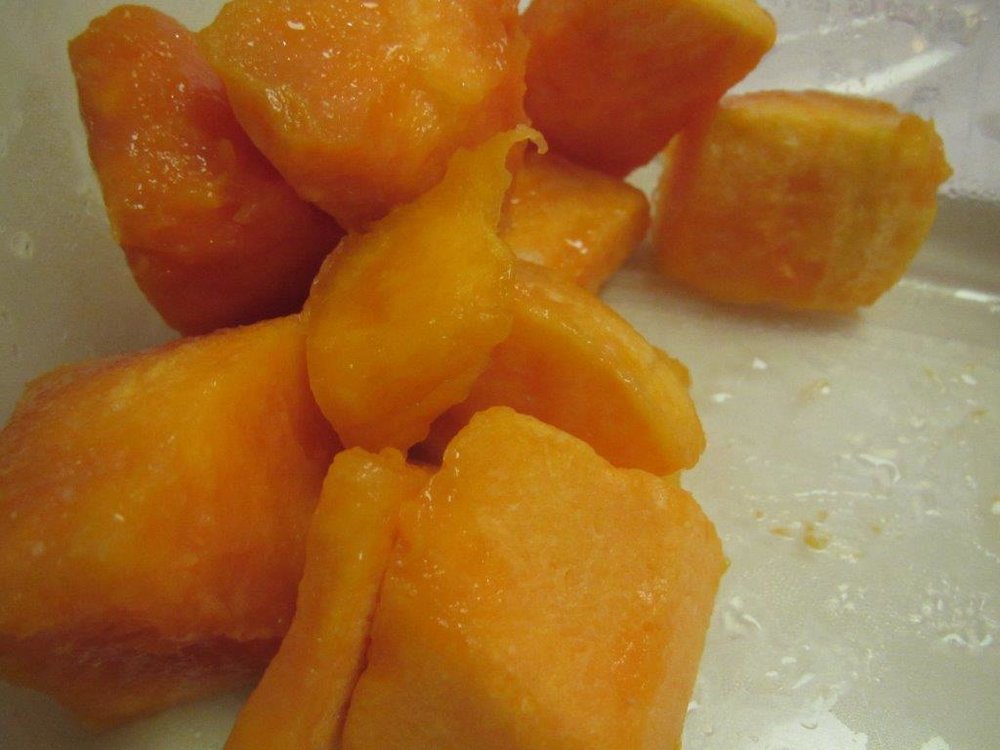 Butternut squash. For some reason, I tended to buy acorn squash if I bought winter squash at all. Then several years ago, I discovered butternut squash and now I buy it exclusively. I helps that the grocery store has packages of the squash already cut into chunks - perfect for roasting in the oven or cooking in broth to make a soup.
Butternut squash. For some reason, I tended to buy acorn squash if I bought winter squash at all. Then several years ago, I discovered butternut squash and now I buy it exclusively. I helps that the grocery store has packages of the squash already cut into chunks - perfect for roasting in the oven or cooking in broth to make a soup.
Plain yogurt. I used to always buy flavored yogurt….until I discovered how easy it was to make smoothies with plain yogurt and fruit. This winter I have been heating up frozen blueberries in the microwave and then putting a dollop of plain yogurt on top. Yummy….and I like the pretty purple it becomes when it is stirred into the blueberries.
Organic celery, oranges, beef, poultry, eggs. I seem to be buying more and more organic items over the past few years….but for different reasons. Celery was the first item I started buying organic after I read about it containing so many pesticides; I eat more of it during the summer than I do in the winter. I buy organic oranges because I want to make zest from the skin…where most of the pesticides would reside in the regular oranges. The organic beef was recommended by my husband’s nutritionist and tastes better too; I really don’t want the antibiotics and hormones that are part of the regular beef. The same comment about antibiotics goes for poultry and eggs as well….plus organically raised chickens are not raised entirely in a cage. I’m sure that over time I’ll be buying more organic produce - particularly when the price difference is not very significant.
What about you? Has your food consumption changed in the past 5 years?
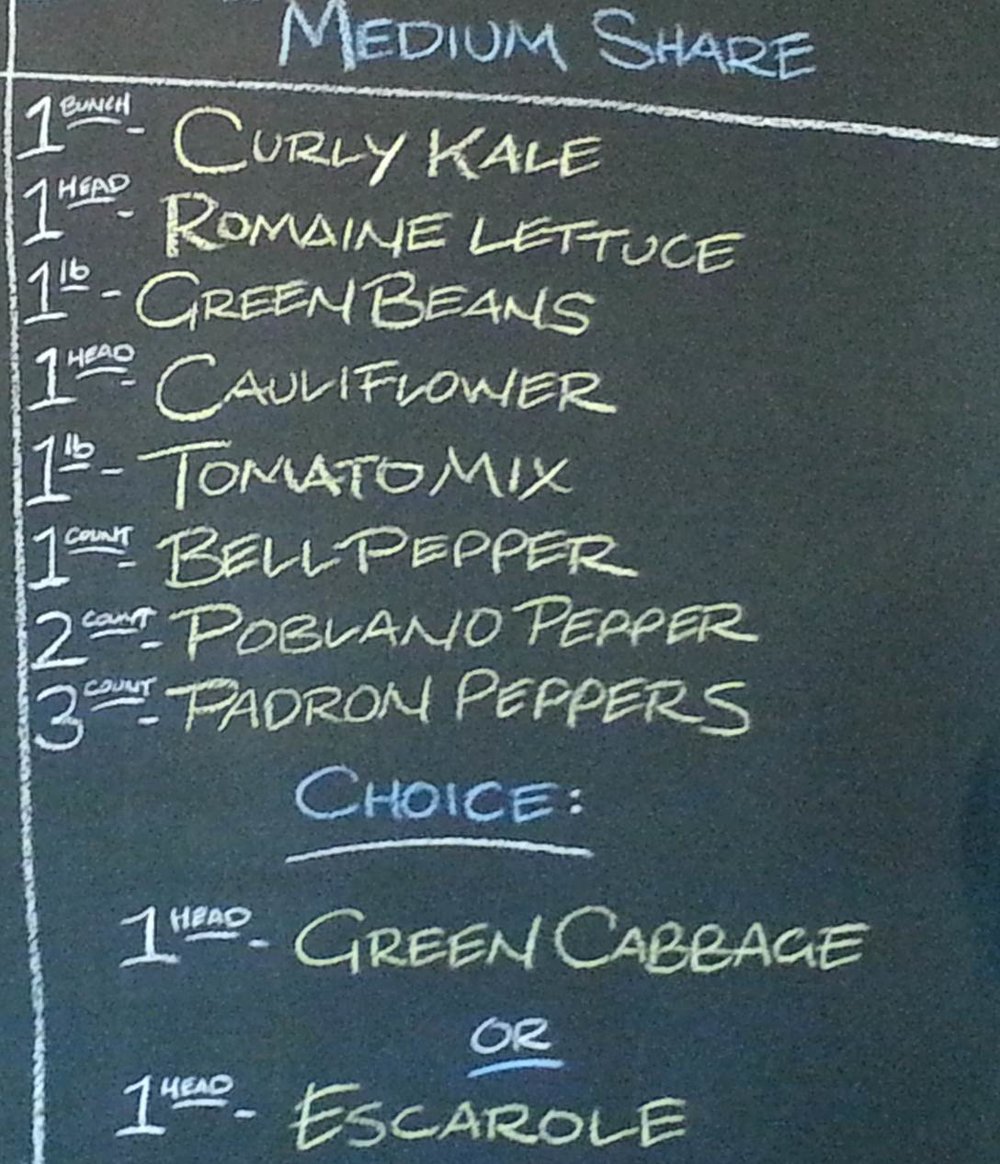 The CSA week 16 produce was packed in ice chests and taken with us on a trek to Newport RI where we have been tourists this week. We knew we would have a kitchen so planned meals around the veggies. We ate well!
The CSA week 16 produce was packed in ice chests and taken with us on a trek to Newport RI where we have been tourists this week. We knew we would have a kitchen so planned meals around the veggies. We ate well!